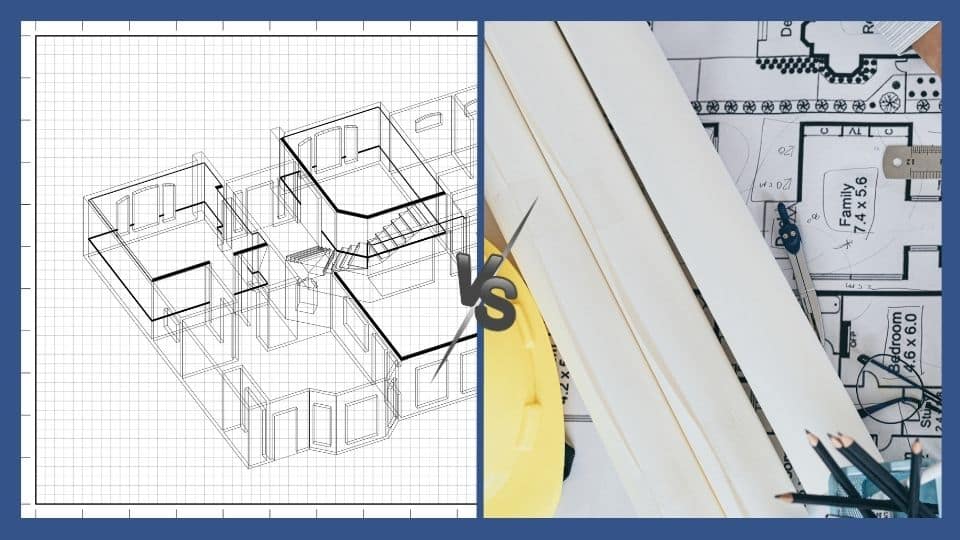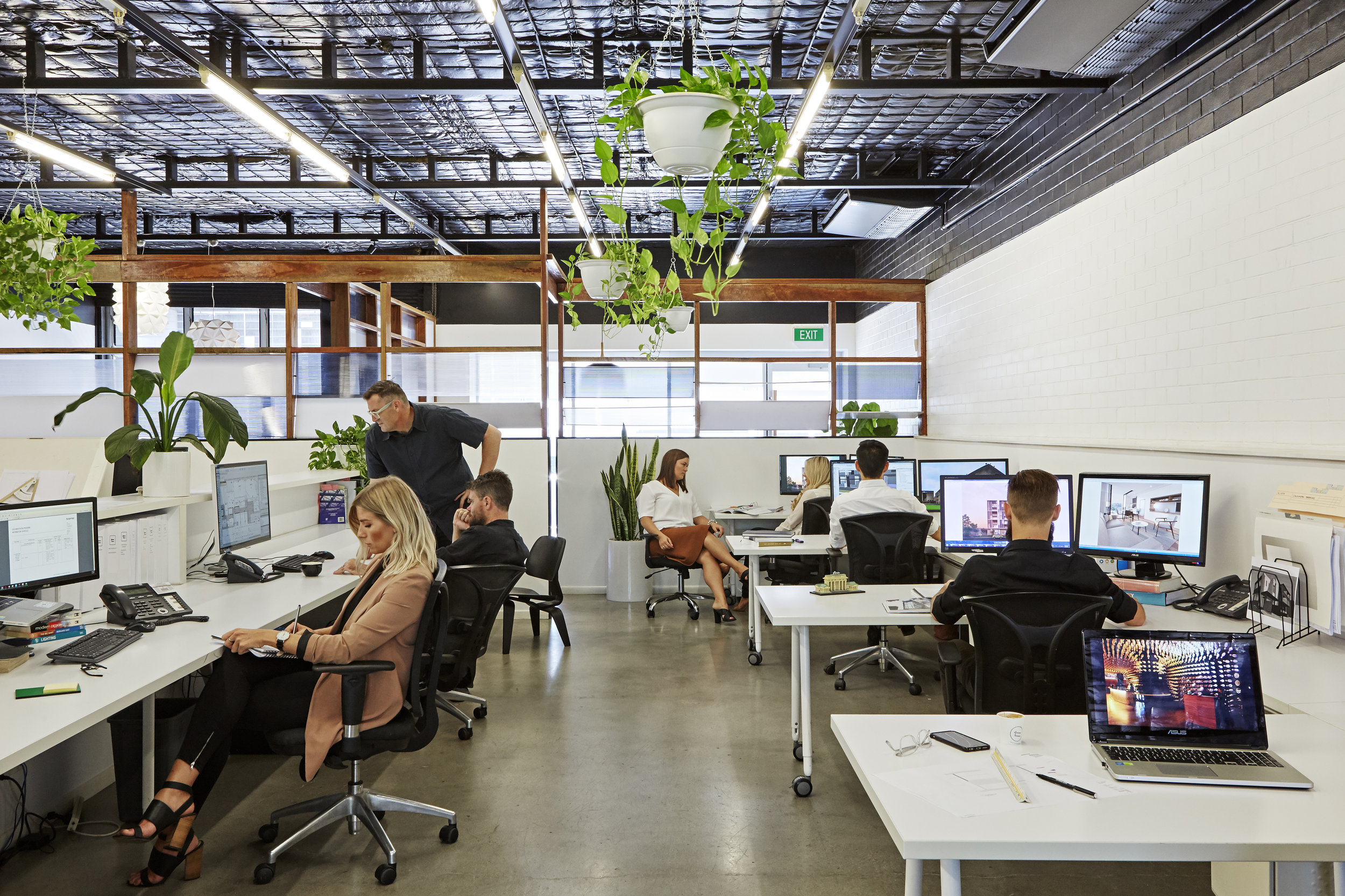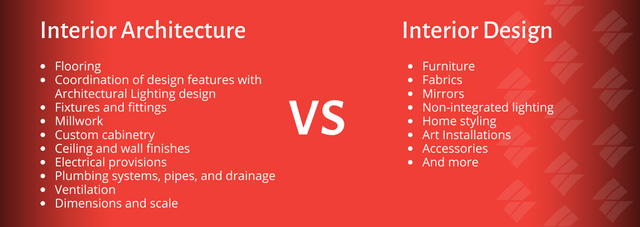The Art of Equilibrium: Just How Interior Design and Home Architect Collaborate for Stunning Results
In the realm of home style, striking an equilibrium in between visual appeals and performance is no little task. This fragile stability is achieved through the harmonious cooperation in between indoor designers and designers, each bringing their special proficiency to the table. The result? Spaces that are not only visually spectacular but also incredibly habitable. This excellent mix is not constantly simple to achieve. Stick with us as we check out the complexities of this collaborative process and its transformative effect on home layout.
Understanding the Core Distinctions Between Interior Layout and Home Design
While both interior style and home style play important duties in creating visually pleasing and practical rooms, they are inherently various techniques. It deals with the 'bones' of the structure, working with spatial measurements, load-bearing wall surfaces, and roof styles. On the various other hand, indoor design is much more concerned with boosting the sensory and visual experience within that structure.
The Synergy Between Home Design and Interior Decoration
The harmony between home architecture and Interior Design depends on a shared vision of style and the improvement of useful aesthetics. When these two fields line up sympathetically, they can change a living room from ordinary to extraordinary. This partnership needs a much deeper understanding of each discipline's principles and the capability to produce a cohesive, visually pleasing atmosphere.
Unifying Style Vision
Merging the vision for home architecture and Interior Design can produce an unified home that is both practical and visually pleasing. The balance begins with an integrated frame of mind; designers and interior designers collaborate, each bringing their knowledge. This unison of ideas forms the layout vision, a plan that overviews the project. This common vision is crucial for uniformity throughout the home, making certain a liquid shift from exterior design to interior areas. It promotes a collaborating strategy where building elements enhance Interior Design components and the other way around. The result is a natural living area that mirrors the house owner's way of life, personality, and preference. Therefore, unifying the design vision is vital in mixing architecture and Interior Design for sensational results.
Enhancing Practical Visual Appeals
Exactly how does the synergy between home architecture and interior layout improve practical aesthetic appeals? Designers lay the foundation with their architectural style, making sure that the area is functional and effective. A designer might make a house with huge windows and high ceilings.
Significance of Partnership in Creating Balanced Spaces
The collaboration in between interior developers and engineers is critical in developing well balanced spaces. It brings consistency between layout and architecture, bring to life spaces that are not just visually pleasing but additionally functional. Discovering successful collective strategies can supply insights into just how this synergy can be properly achieved.
Integrating Design and Design
Balance, a vital aspect of both interior layout and style, can just absolutely be attained when these 2 fields work in harmony. This joint procedure results in a cohesive, balanced layout where every component adds and has a function to the overall aesthetic. Integrating layout and design is not just concerning creating attractive areas, yet about crafting spaces that function effortlessly for their citizens.
Effective Collaborative Techniques

Case Studies: Successful Integration of Layout and Design
Checking out numerous situation studies, it comes to be noticeable just how the effective assimilation of Interior Design and style can change an area. The Glass House in Connecticut, renowned for its minimalistic style, is one such instance. Designer Philip Johnson and interior designer Mies van der Rohe Hampshire architects collaborated to produce a harmonious equilibrium in between the framework and the interior, leading to a seamless circulation from the exterior landscape to the internal living quarters. Another prototype is the Fallingwater House in Pennsylvania. Architect Frank Lloyd Wright and indoor designer Edgar Kaufmann Jr.'s collective efforts cause a strikingly distinct house that mixes with its natural environments. These study underscore the profound effect of a successful style and architecture partnership.

Getting Rid Of Difficulties in Style and Design Collaboration
Regardless of the undeniable benefits of a successful collaboration between interior style and design, it is not without its difficulties. Designers might focus on architectural honesty and safety and security, while developers concentrate on convenience and design. Efficient interaction, common understanding, and concession are critical to get over these obstacles and attain a unified and effective partnership.

Future Patterns: The Evolving Connection Between Home Architects and Interior Designers
As the globe of home style remains to develop, so does the partnership between designers and indoor designers. The pattern leans in the direction of a more incorporated and collaborative approach, damaging free from standard duties. Architects are no much longer only focused on structural honesty, but likewise take part in enhancing aesthetic charm - Winchester architect. Alternatively, interior designers are accepting technological aspects, influencing general format and capability. This developing symbiosis is driven by improvements in modern technology and the growing demand for areas that are not just aesthetically pleasing yet sustainable and likewise useful. The future promises a more natural, innovative, and flexible approach to home style, as designers and engineers proceed to blur the lines, cultivating a connection that truly symbolizes the art of equilibrium.
Verdict
The art of equilibrium in home design is attained with the unified partnership in between interior developers and architects. Regardless of challenges, this collaboration fosters development and innovation in style.
While both indoor style and home style play important duties in creating cosmetically pleasing and functional areas, they are naturally different techniques.The synergy between home style and interior style exists in a shared vision of style and the improvement of functional aesthetics.Merging the vision for home style and interior style can develop a harmonious living area that is both useful and aesthetically pleasing. Therefore, unifying the layout vision is crucial in blending style and indoor design for sensational outcomes.
How does the synergy in between home style and interior style improve useful aesthetic appeals? (Winchester architect)